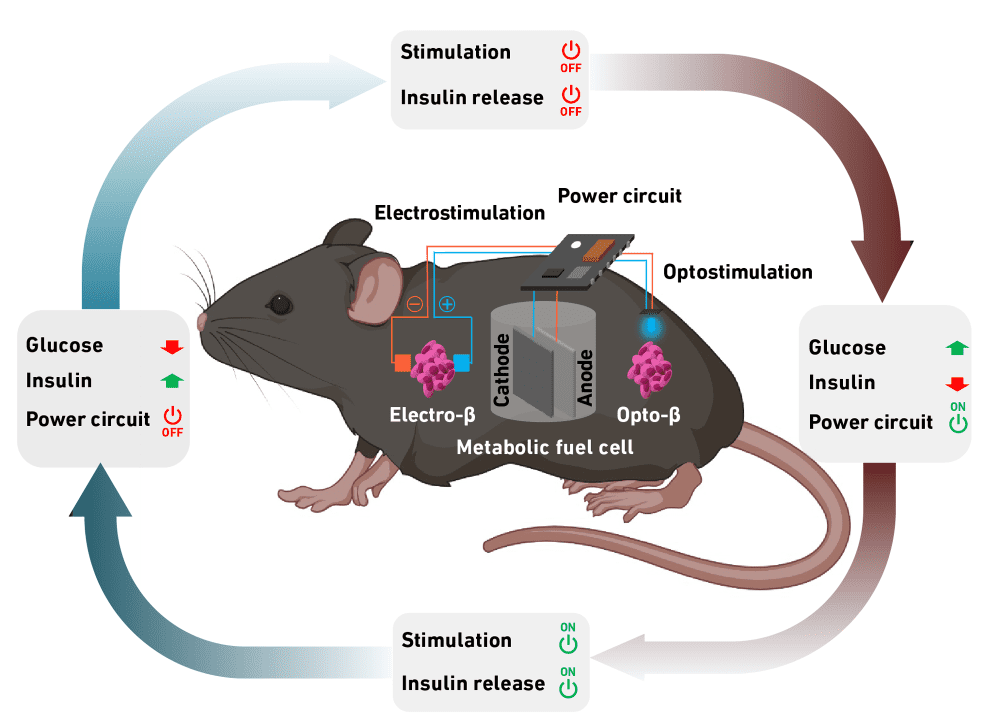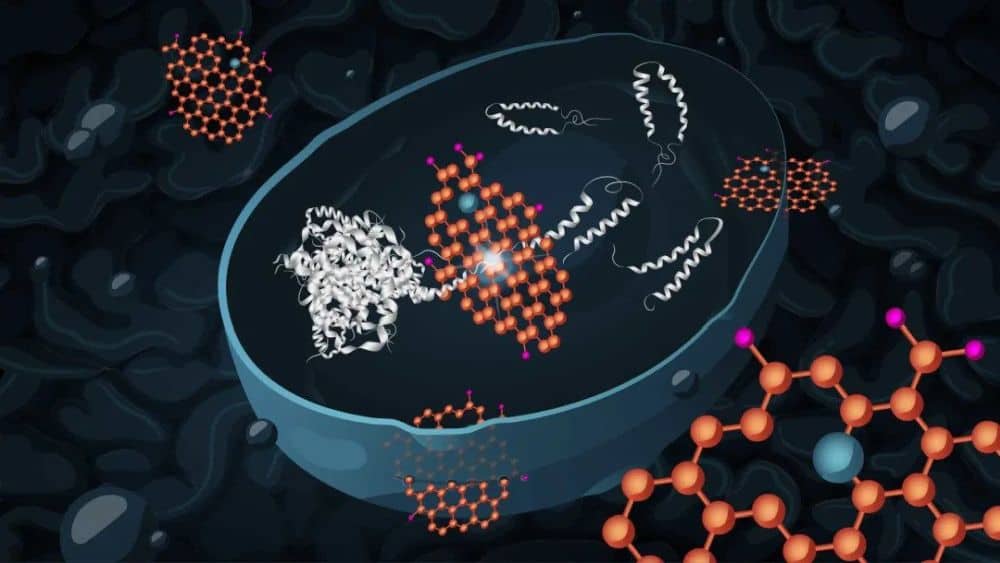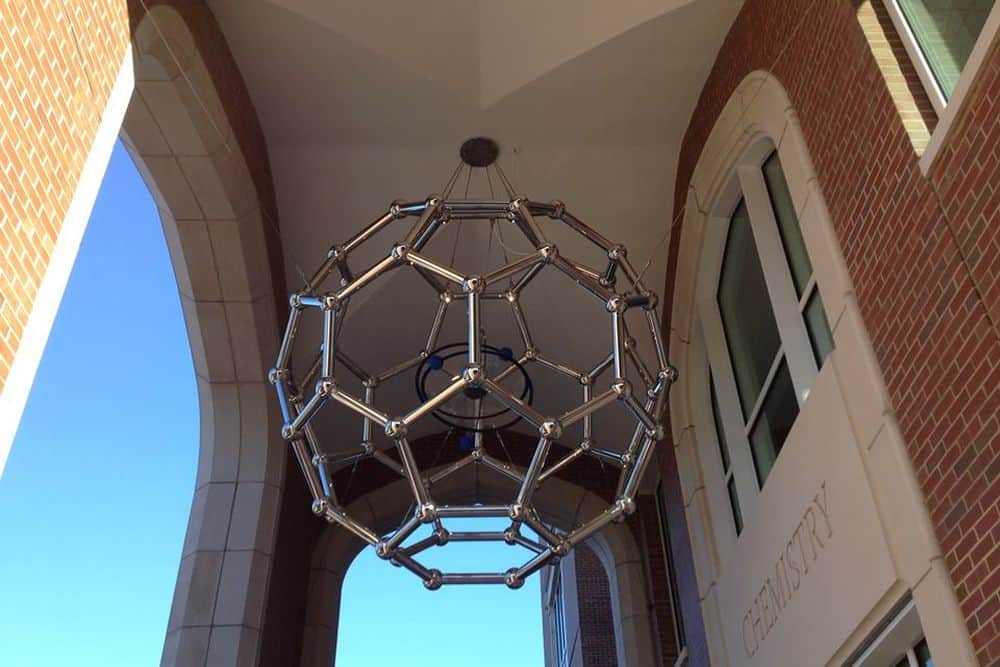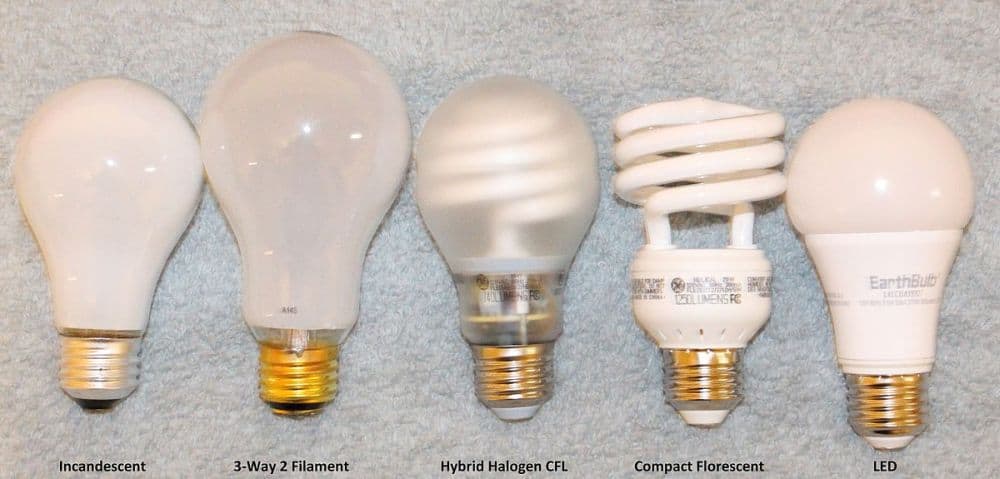
[Image above] Credit: Nikolett Emmert, Pexels
Even after five years at ACerS, I continue to be surprised and inspired daily by the many ways ceramics and glass impact our lives. The last seven December Bulletin cover stories do a great job overviewing these many applications, with this past year’s issue providing a deep dive into the holistic health sector.
When selecting my five favorite CTTs from 2023, I decided to focus on those that evoke a sense of wonder about the ways in which ceramics and glass may benefit our lives in the future. Considering the many difficult events that occurred around the world last year, we can all benefit from starting 2024 by revisiting these uplifting stories.
Self-sufficient glucose monitoring system successfully manages diabetes in mice

“Continuous glucose monitoring systems can help alleviate the mental burden of diabetes management, but there are limitations to powering current systems. Researchers at ETH Zurich developed a self-sufficient glucose monitoring system that not only registers excess glucose but initiates the release of insulin into the blood. They successfully tested the device in mice.”
Though modern screening techniques and medicine have reduced the fatality rates of some chronic diseases, more people than ever before are living with a chronic disease.
Managing chronic diseases can be a heavy task, but automated monitoring systems can help offload some of the burden. It is heartening to see how ceramics may aid in the development of such technologies.
Reducing aggregate toxicity: Graphene oxide may aid in treatment of Alzheimer’s disease

“In vitro studies have demonstrated the potential of graphene oxide to help treat Alzheimer’s disease by preventing the buildup of harmful amyloid-β aggregates. Researchers in Sweden and Denmark used yeast as a model system to explore graphene oxide’s potential in vivo.”
Similar to the story above, this CTT demonstrates another way that ceramics may contribute to the treatment and management of chronic diseases. Considering the prevalence of chronic diseases in today’s world, I feel both studies are worth highlighting because of their potential to improve quality of life on both an individual and population level.
String-based extraction could revolutionize lithium production

“With the drastic increase in demand for lithium, new sources and extraction methods are needed to secure sufficient supply. Princeton University researchers led development of a new passive method for extraction of lithium from saltwater. The method, if advanced to industrial scale, could significantly decrease both the time and amount of land necessary for lithium production.”
The environmental impacts of mining was a topic of frequent discussion in 2023 as governments and companies looked to ramp up production of certain minerals that are essential to renewable energy systems and technologies. Though the end product will benefit society by reducing greenhouse gas emissions, it cannot come at the expense of land deterioration during the material procurement stage.
This CTT demonstrates a novel approach to mineral production that eliminates the tradeoffs that come with traditional mining practices. In this way, people can enjoy the benefits of renewable energy technologies without worrying about the underlying impacts of fabricating these devices.
New carbon structures open a realm of possibilities

“As applications for carbon nanostructures flourish, the exploration for new carbon structures continues. Today’s CTT highlights three discoveries announced during the past few months.”
With the advent of nanoengineering in the 1980s, researchers have come to appreciate that atomic structure can be just as important as chemical makeup when developing new materials.
Carbon specifically has laid the groundwork for many advancements in nanoscience. I continue to be thrilled every time a new carbon structure is announced, imagining how this new form may transform various applications.
Enabling change for research evaluation

“Evaluating the quality of research and researchers is neither easy nor simple. An open-access paper by two ACerS journal editors demonstrates how some newer evaluation methods can better capture the short- and long-term performance of journal articles.”
For us to realize the potential benefits of research, we need ways to accurately assess the quality of a given study, individual, or institution to determine the optimal distribution of funding and resources. Many groups are currently working to develop more accurate evaluation methods.
I can’t help but be impressed by the detailed and innovative approaches proposed so far. In the future, these methods should help strengthen the administrative framework of the research landscape, thus making it more favorable to the production of high-quality studies.
